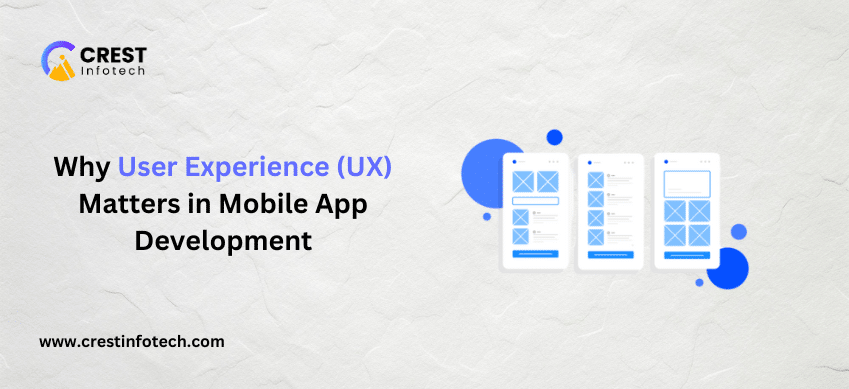As mobile applications increasingly rely on APIs (Application Programming Interfaces) to exchange data with servers and third-party services, ensuring the security of these APIs becomes paramount. API security involves protecting endpoints, data transmission, authentication mechanisms, and sensitive information from unauthorized access, data breaches, and malicious attacks. This article explores essential strategies, best practices, and considerations for securing APIs in mobile app development to safeguard user data, maintain trust, and comply with regulatory requirements.
Importance of API Security
APIs serve as bridges that enable communication and data exchange between mobile apps, servers, and external services. Securing APIs is critical for several reasons:
- Data Protection: APIs often handle sensitive user information such as personal data, credentials, and payment details, making them prime targets for cyberattacks.
- Maintaining Trust: Ensuring API security builds user trust by protecting their data from unauthorized access, breaches, and misuse.
- Compliance: Compliance with data protection regulations (e.g., GDPR, CCPA) requires implementing robust security measures to safeguard user privacy and rights.
Common API Security Threats
- Unauthorized Access: Attackers attempt to gain access to APIs using stolen credentials, session hijacking, or exploiting vulnerabilities in authentication mechanisms.
- Injection Attacks: Malicious actors inject malicious code (e.g., SQL injection, XSS) into API requests to manipulate data, compromise systems, or steal information.
- Data Breaches: Weak encryption, insufficient data validation, or insecure data storage can lead to unauthorized access and exposure of sensitive information.
- Denial of Service (DoS) Attacks: Overwhelming APIs with excessive requests or traffic to disrupt service availability and performance.
- Insufficient Logging and Monitoring: Inadequate logging and monitoring of API activities can hinder detection of security incidents and timely response.
Best Practices for API Security
- Authentication and Authorization:
- Implement strong authentication mechanisms such as OAuth 2.0, JWT (JSON Web Tokens), or API keys to verify user identities and authorize access to APIs based on roles and permissions.
- Secure Data Transmission:
- Use HTTPS/TLS (Transport Layer Security) for encrypting data transmitted between mobile apps and servers to prevent eavesdropping and tampering of sensitive information.
- Input Validation and Sanitization:
- Validate and sanitize all input data received from mobile apps to prevent injection attacks and ensure data integrity before processing or storing.
- Rate Limiting and Throttling:
- Implement rate limiting and throttling mechanisms to control the number of API requests from individual users or devices, mitigating the risk of DoS attacks.
- API Gateway Security:
- Utilize API gateways with built-in security features for traffic management, authentication, and monitoring to enforce security policies and protect backend services.
- Monitor and Audit API Activity:
- Implement logging and monitoring solutions to track API usage, detect anomalies, and respond to suspicious activities or security incidents promptly.
- Regular Security Assessments:
- Conduct regular security assessments, penetration testing, and vulnerability scans to identify and remediate security weaknesses in APIs and associated infrastructure.
Compliance and Regulatory Considerations
- Data Privacy Regulations: Adhere to data protection laws and regulations (e.g., GDPR, HIPAA) by implementing appropriate security measures, obtaining user consent, and ensuring data confidentiality and integrity.
- Industry Standards: Follow industry best practices and standards (e.g., OWASP API Security Top 10) to address common vulnerabilities and enhance API security posture.
Conclusion
Securing APIs in mobile app development is essential to protect user data, maintain trust, and comply with regulatory requirements. By implementing robust authentication, encryption, input validation, monitoring, and compliance measures, developers can mitigate risks posed by unauthorized access, injection attacks, data breaches, and other security threats. As mobile applications continue to evolve, prioritizing API security is crucial for safeguarding sensitive information and ensuring a secure and reliable user experience.
This article provides comprehensive insights into securing APIs in mobile app development, emphasizing strategies, best practices, and regulatory considerations to protect user data and mitigate security risks effectively. Adjust content based on specific API security requirements, industry standards, and emerging threats relevant to your app development and cybersecurity strategy.



